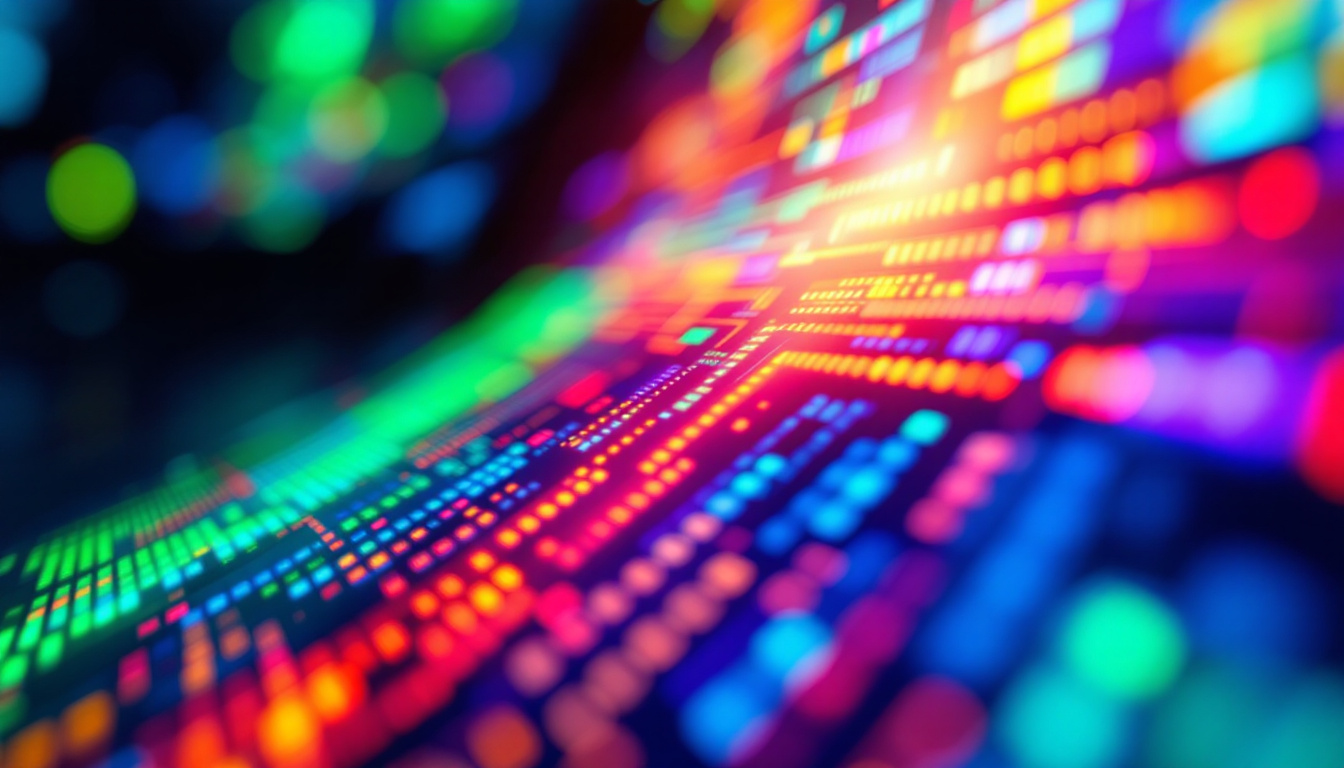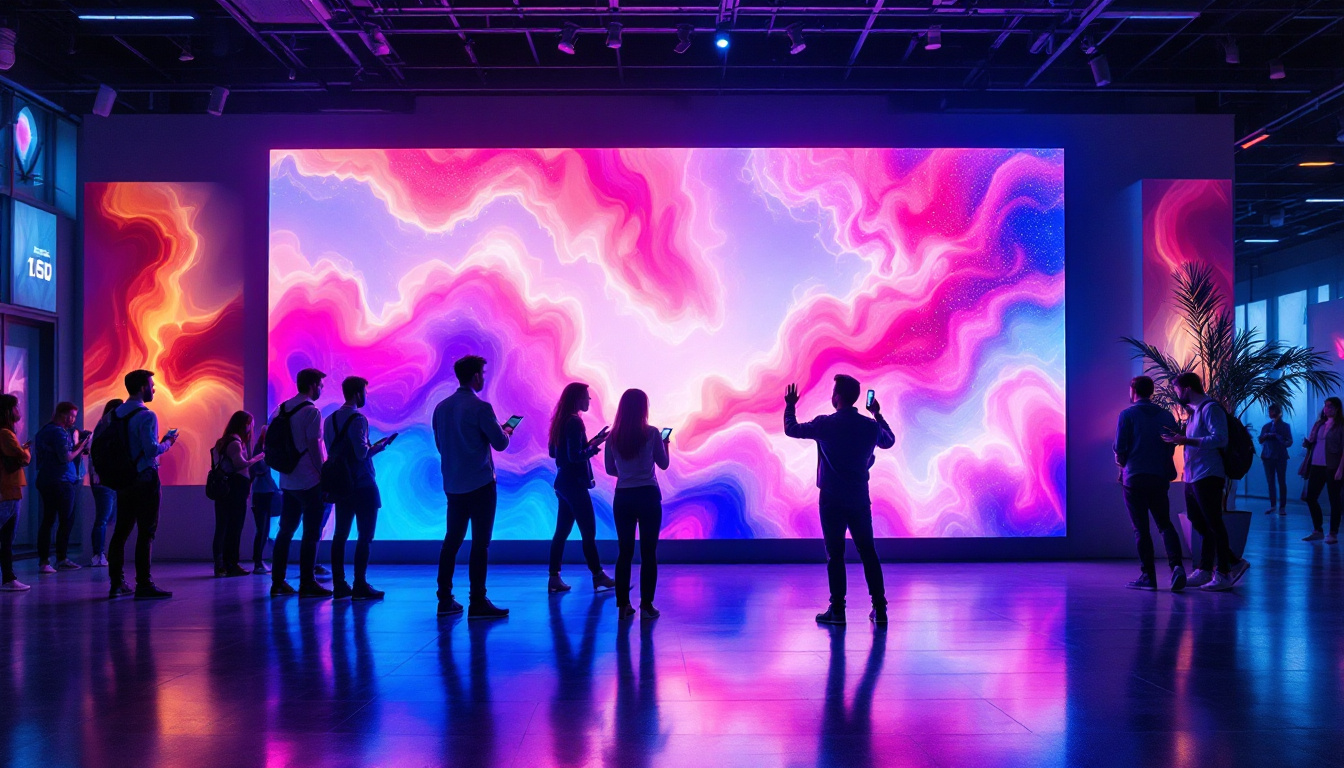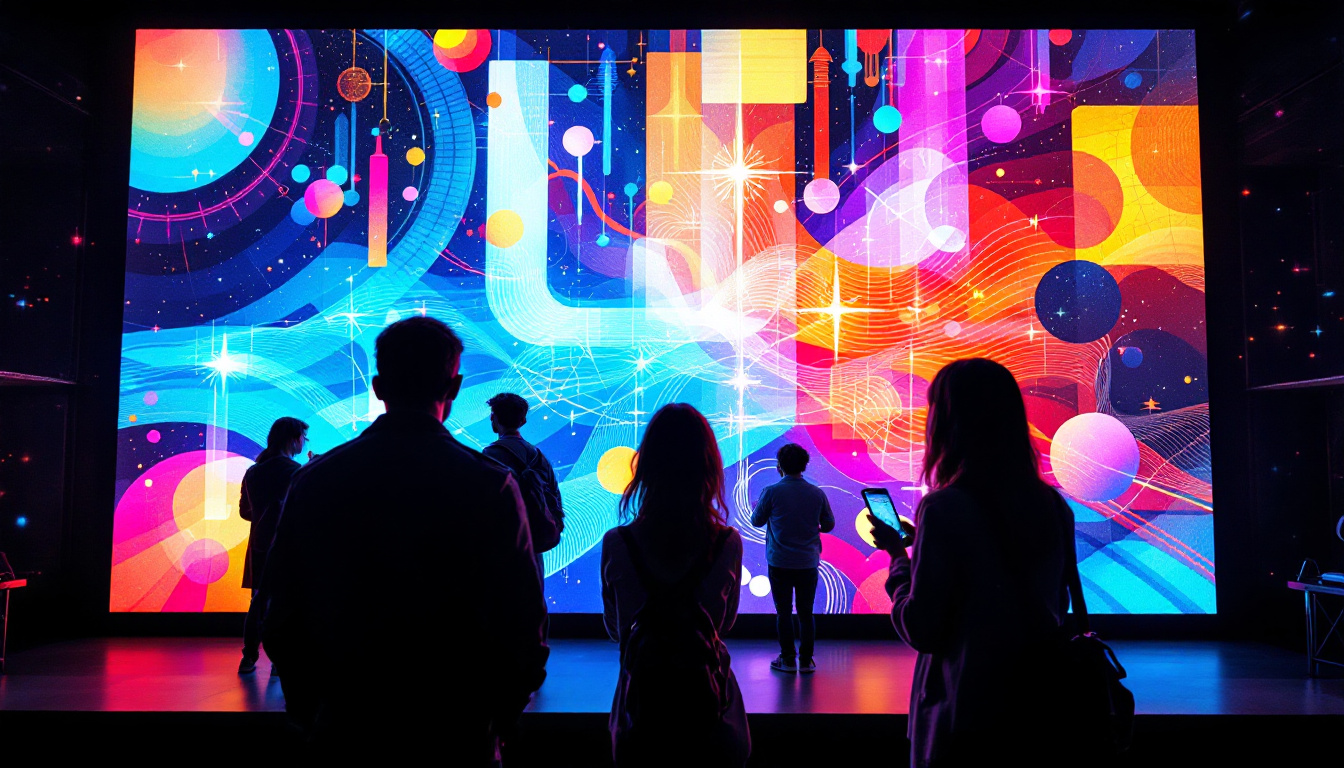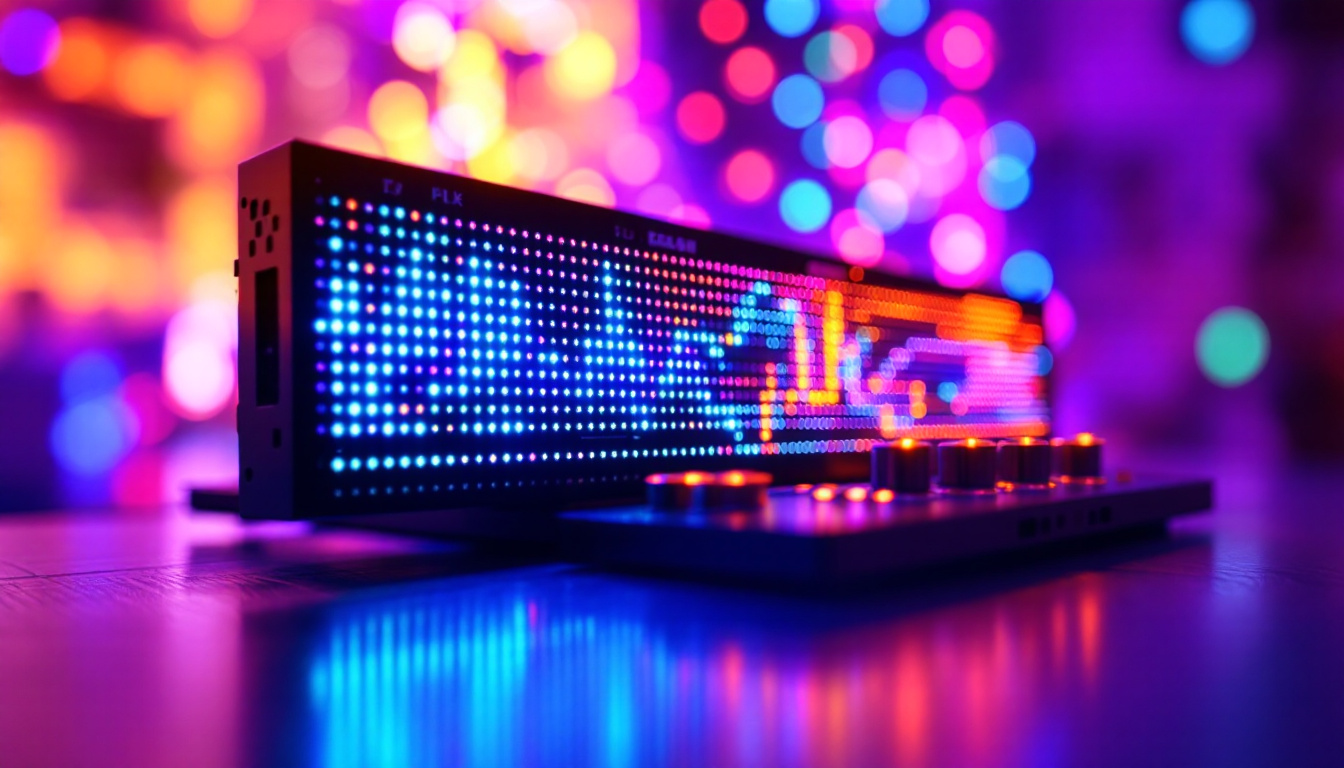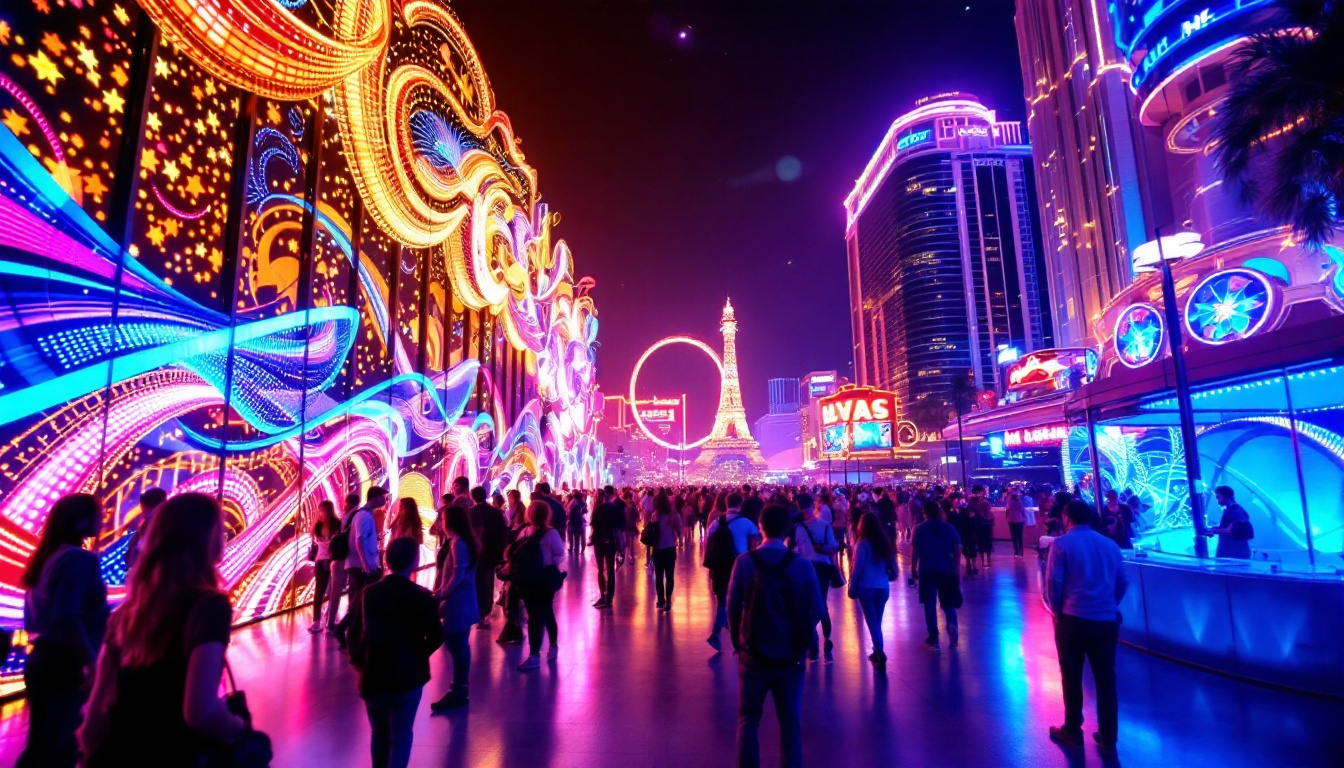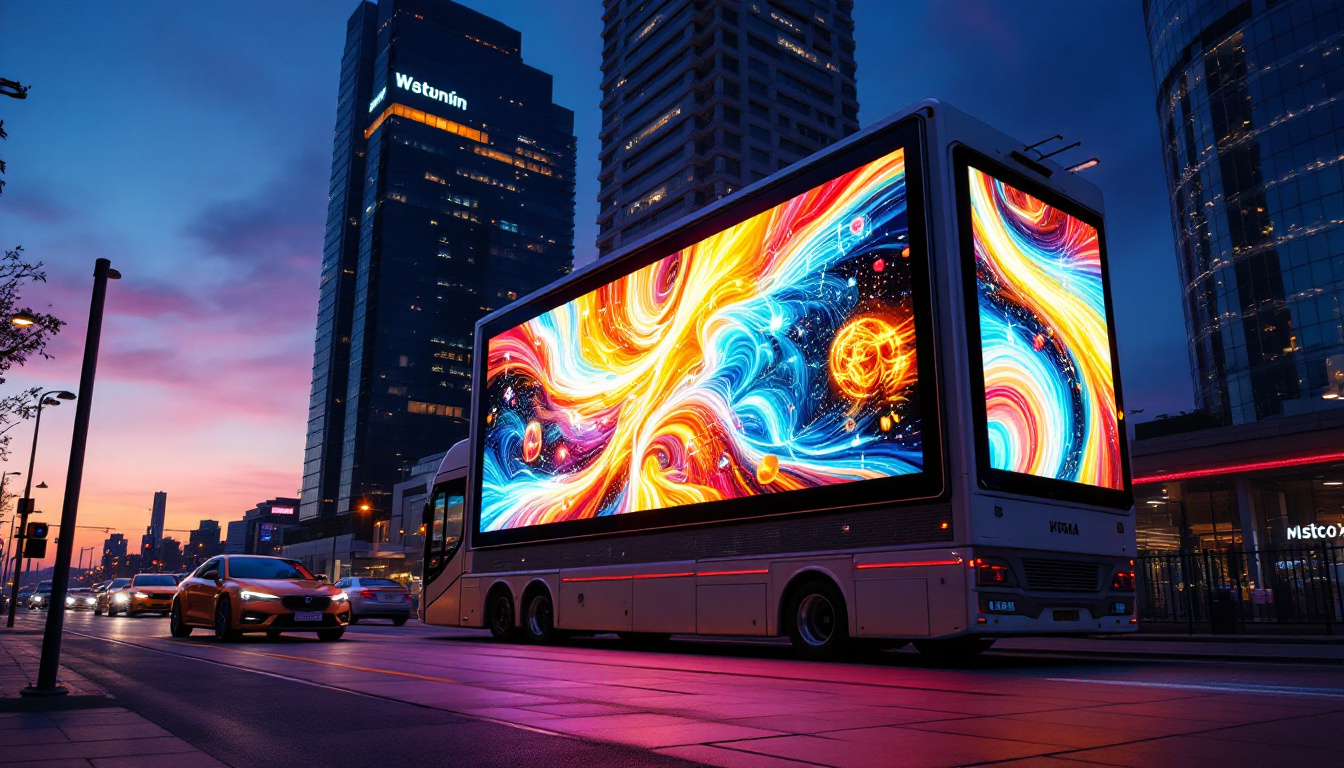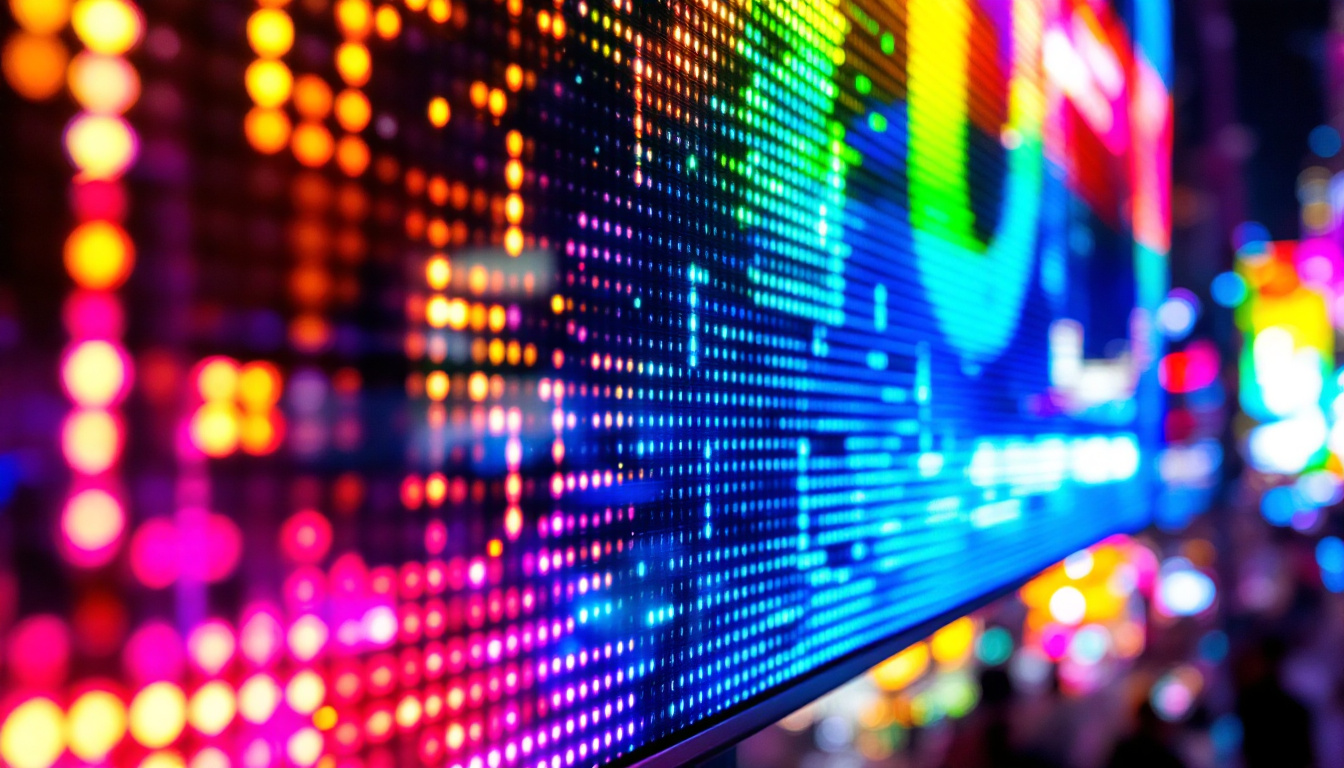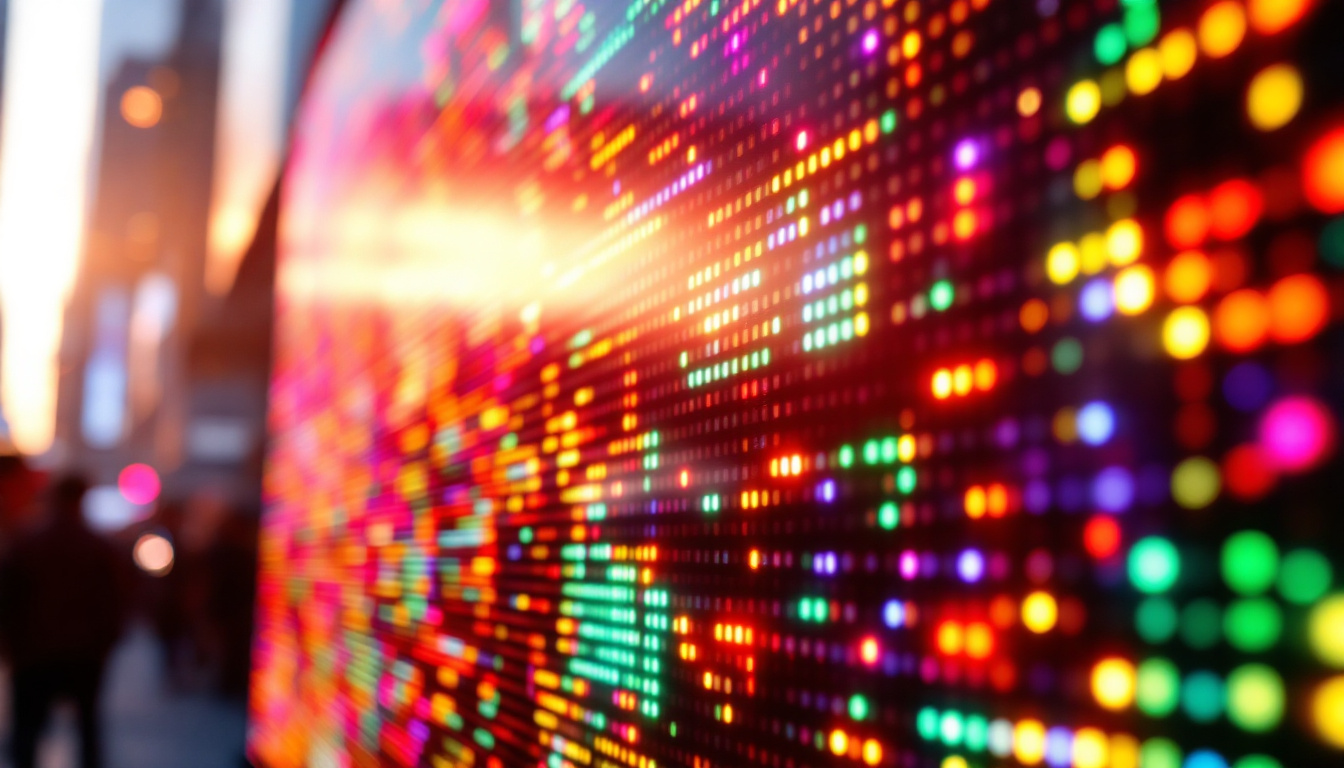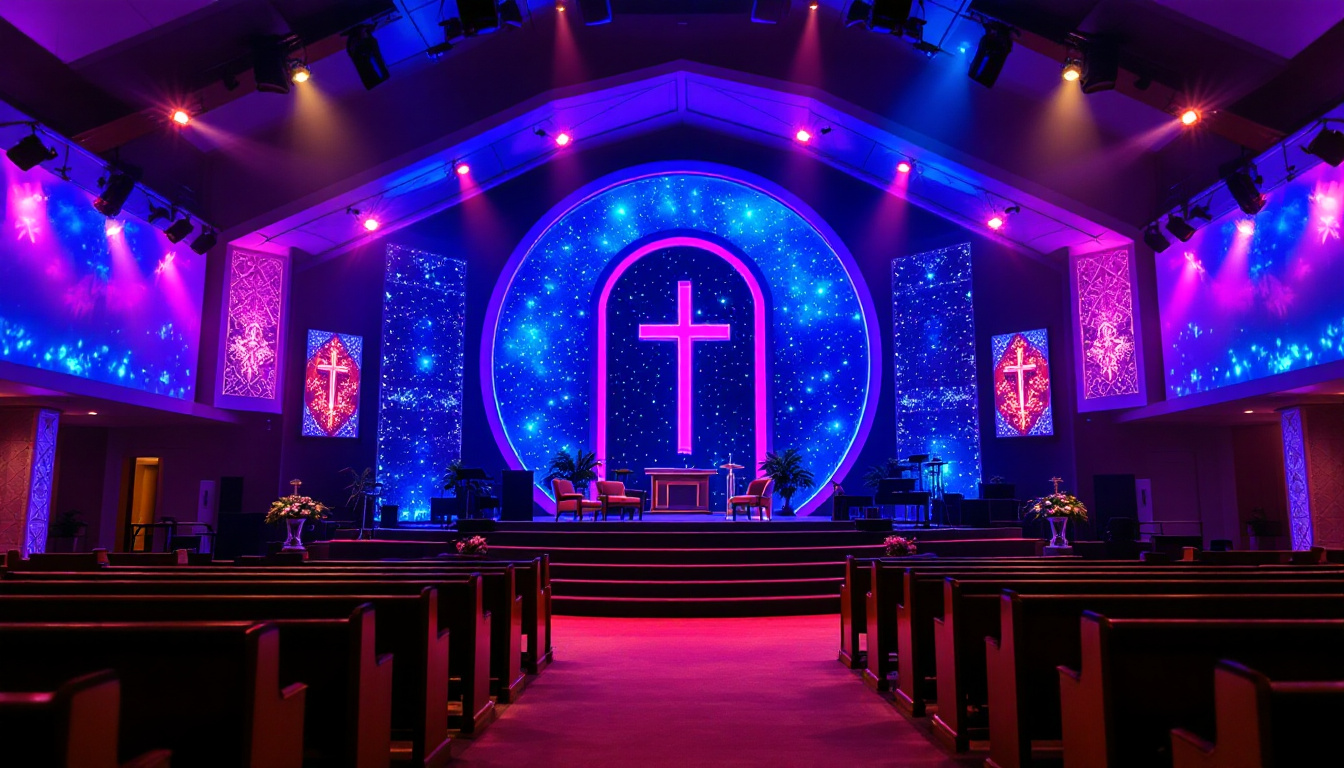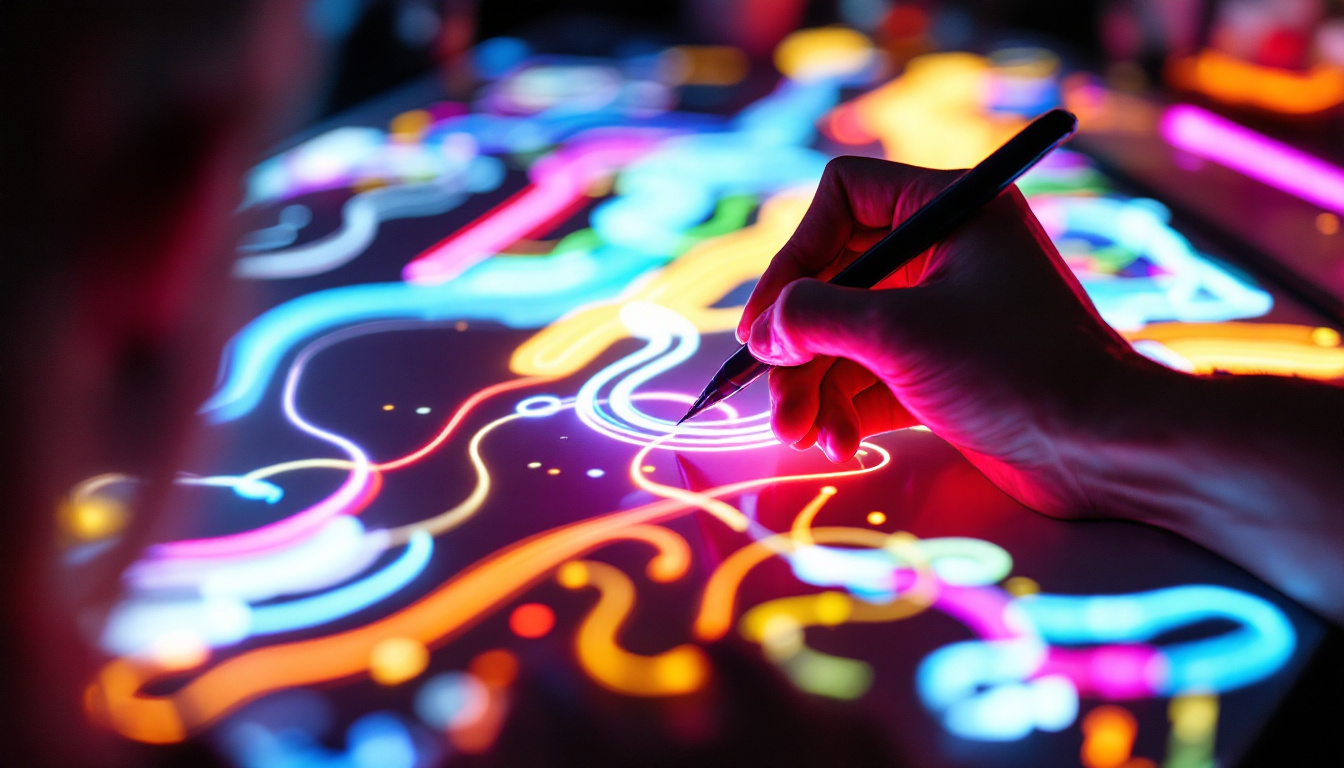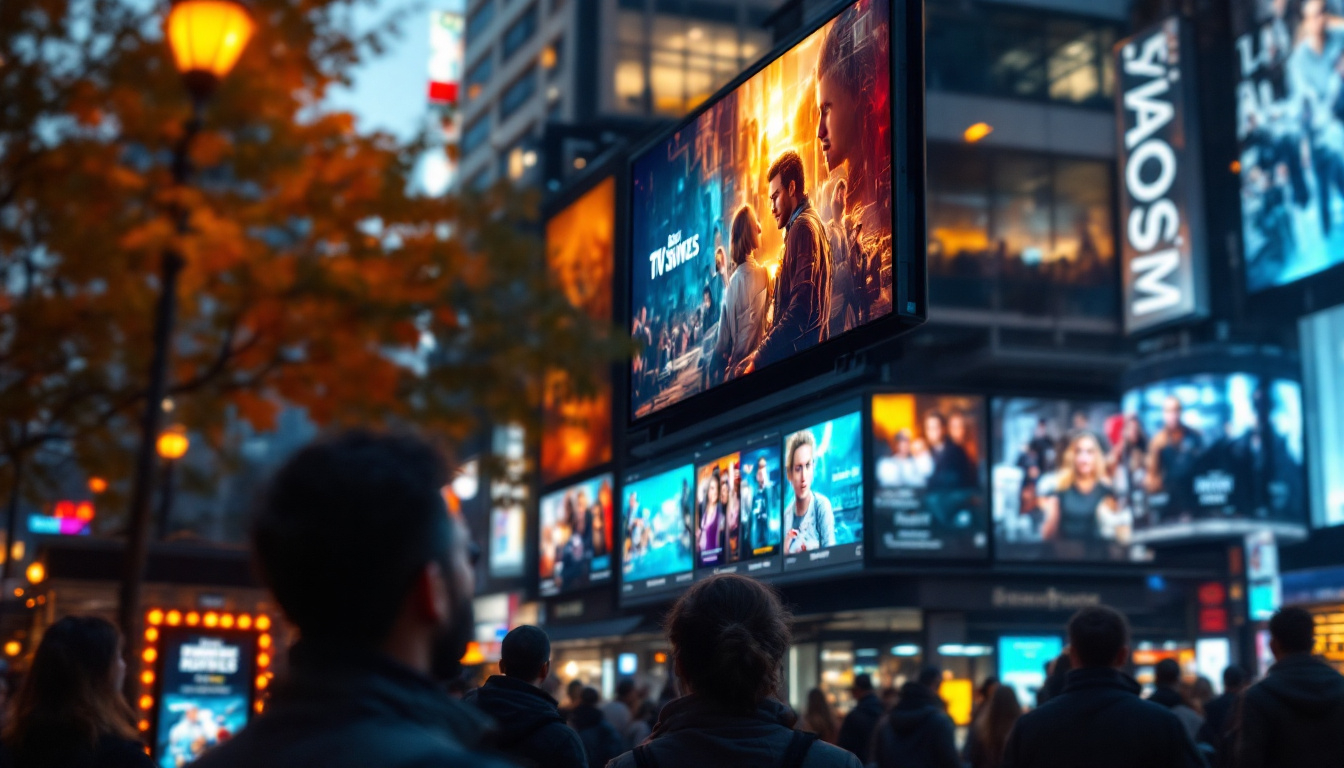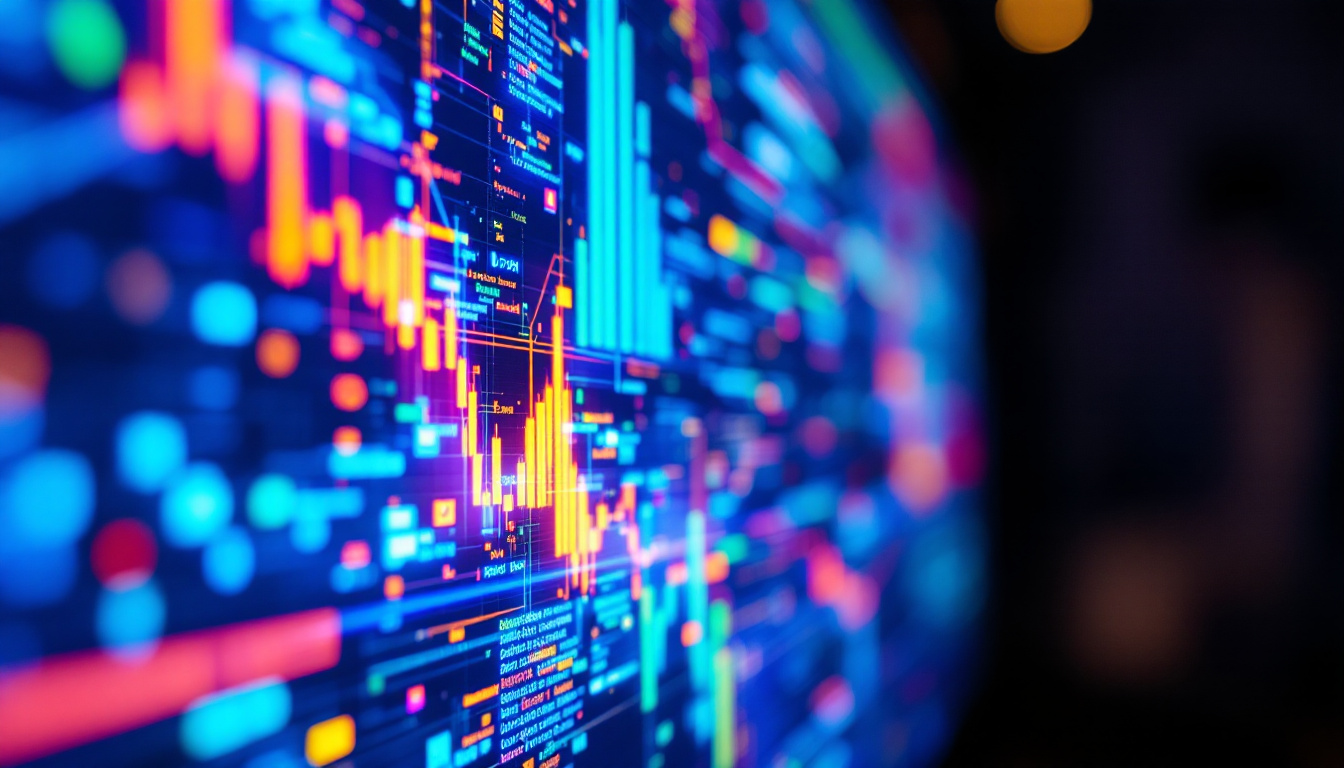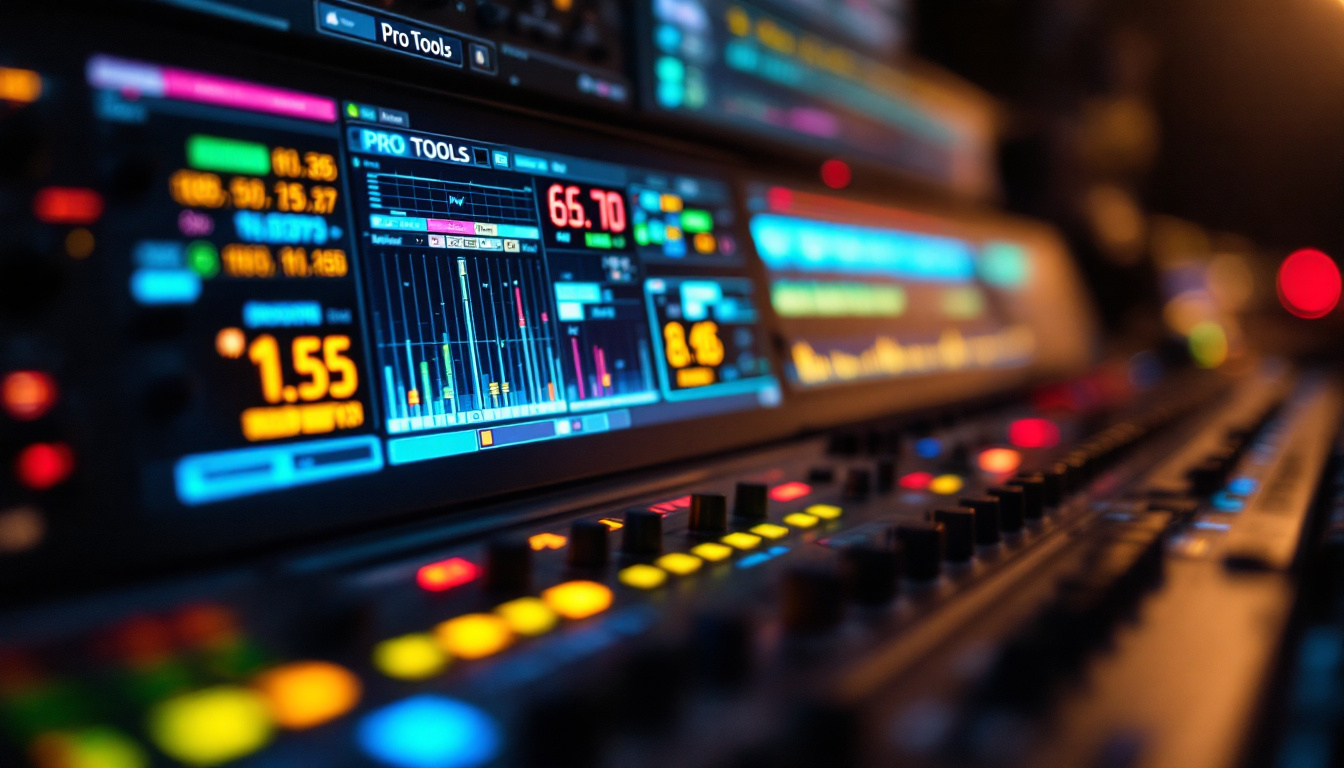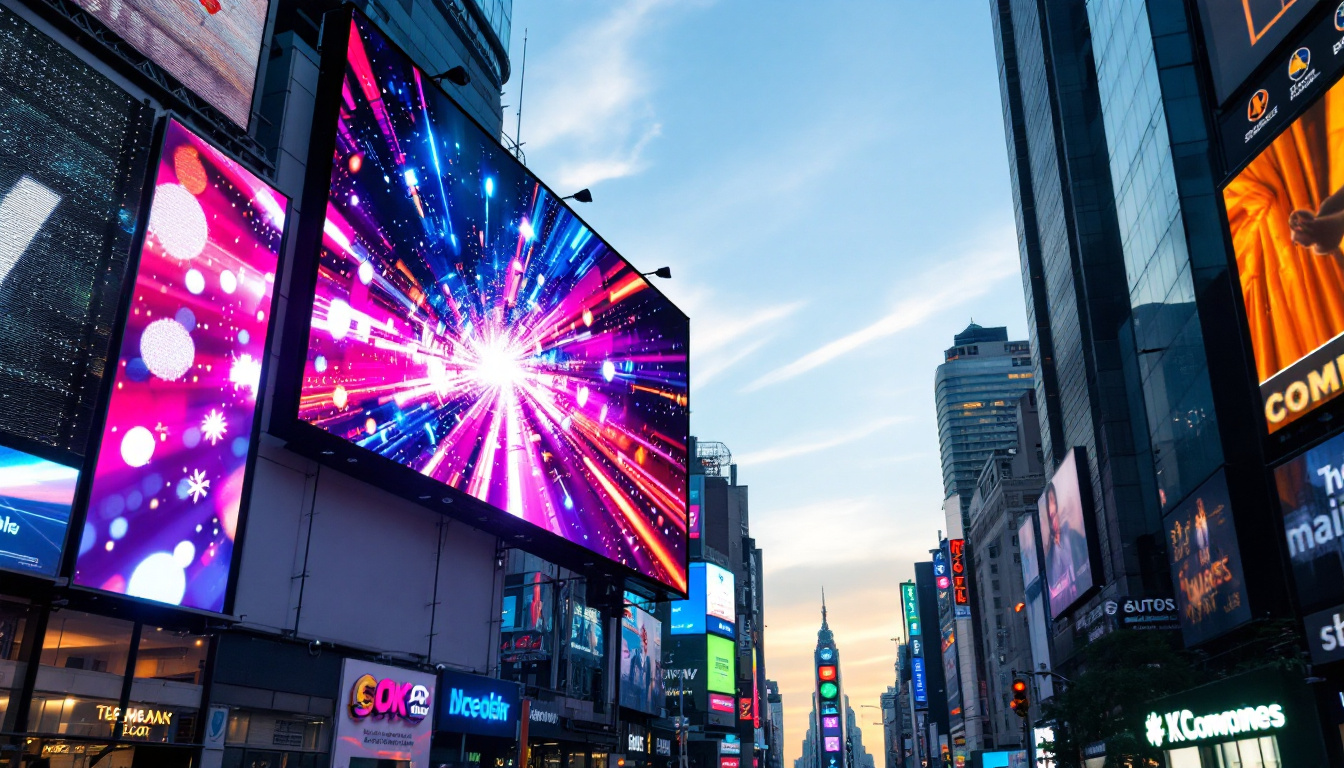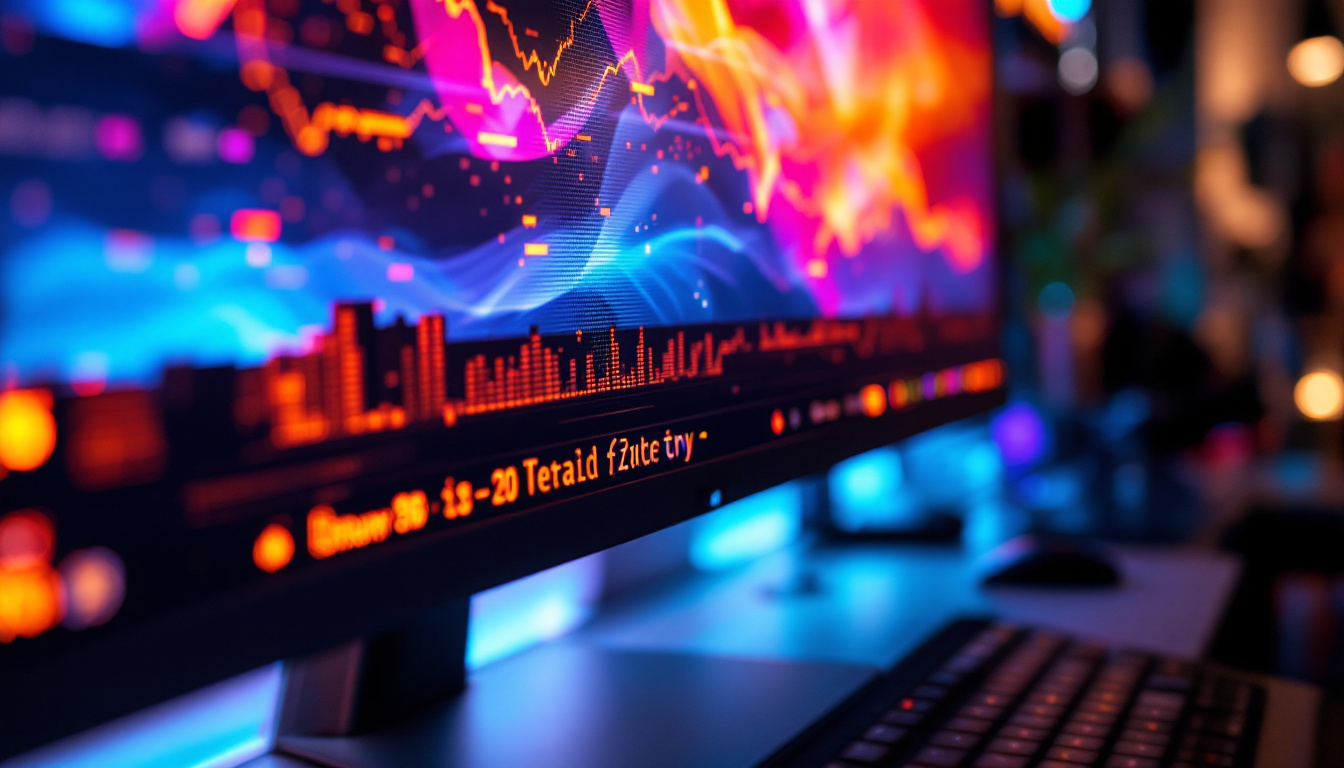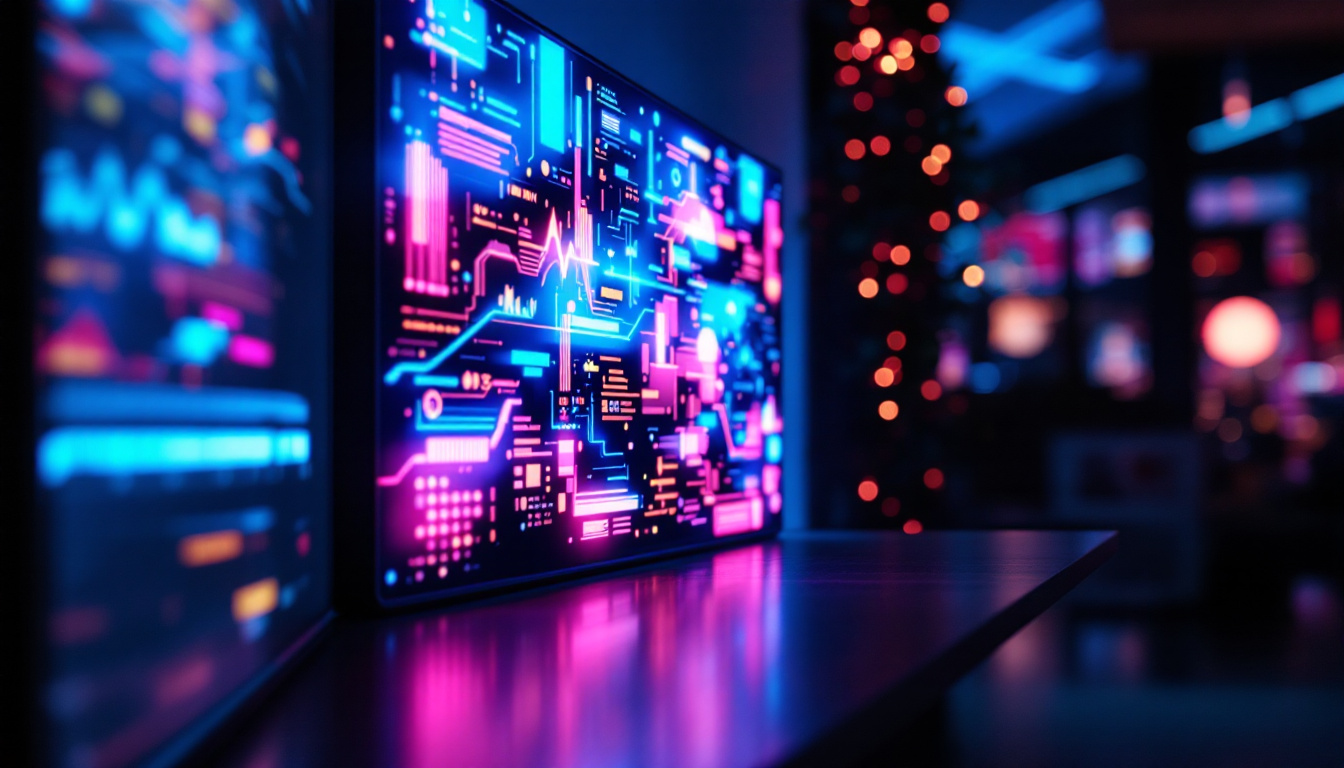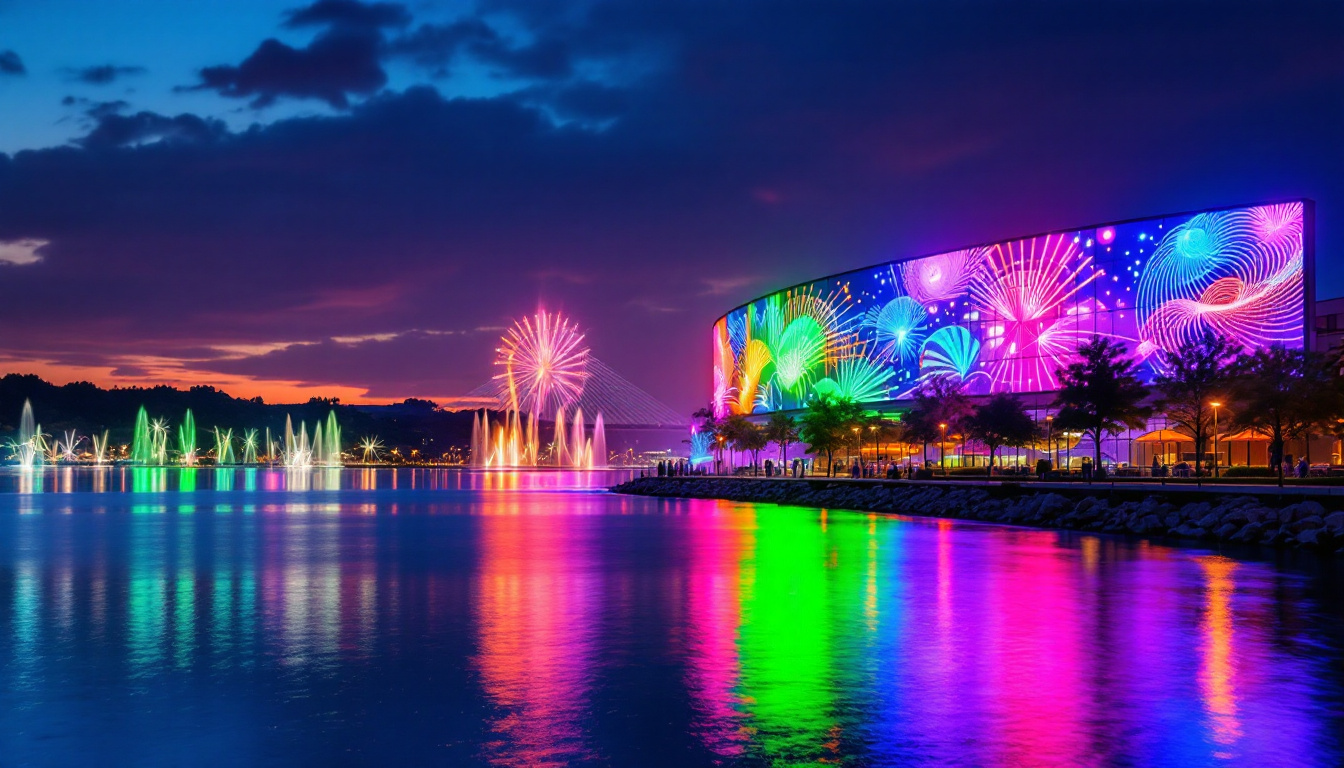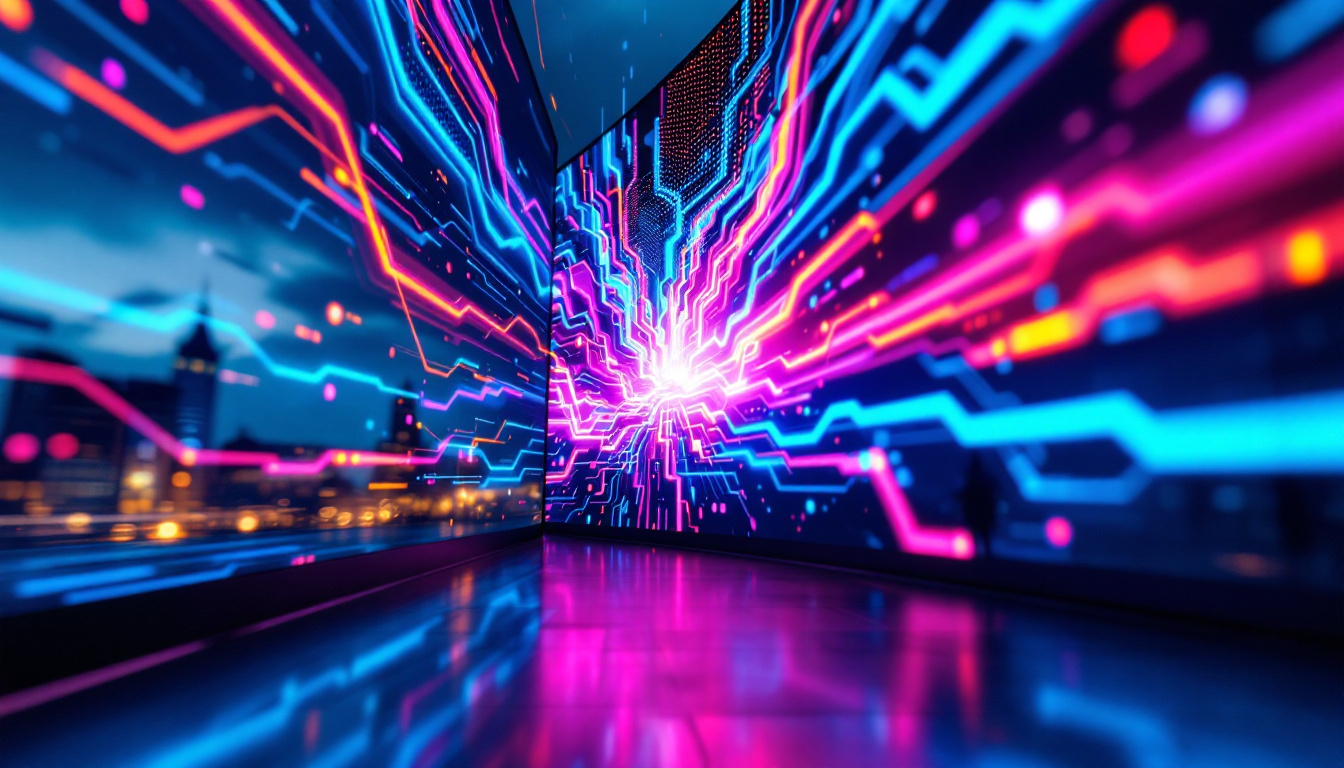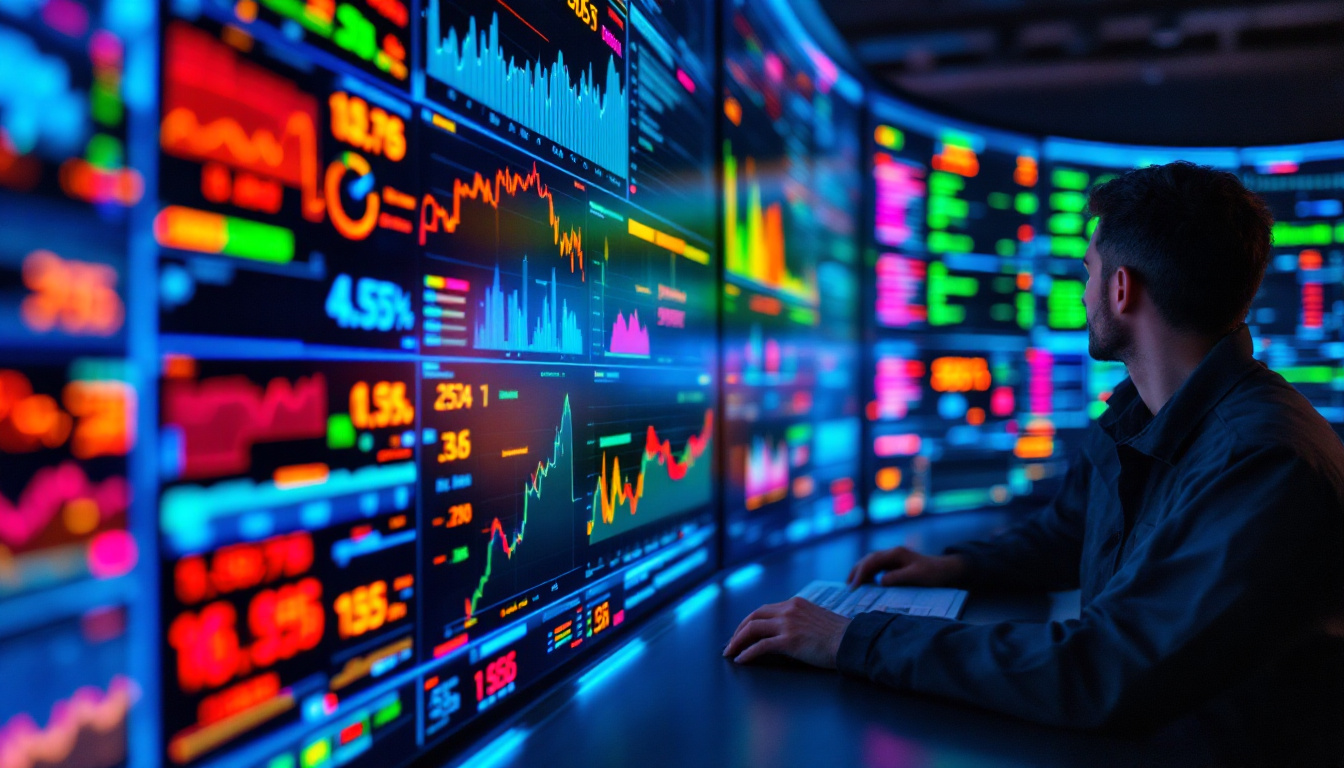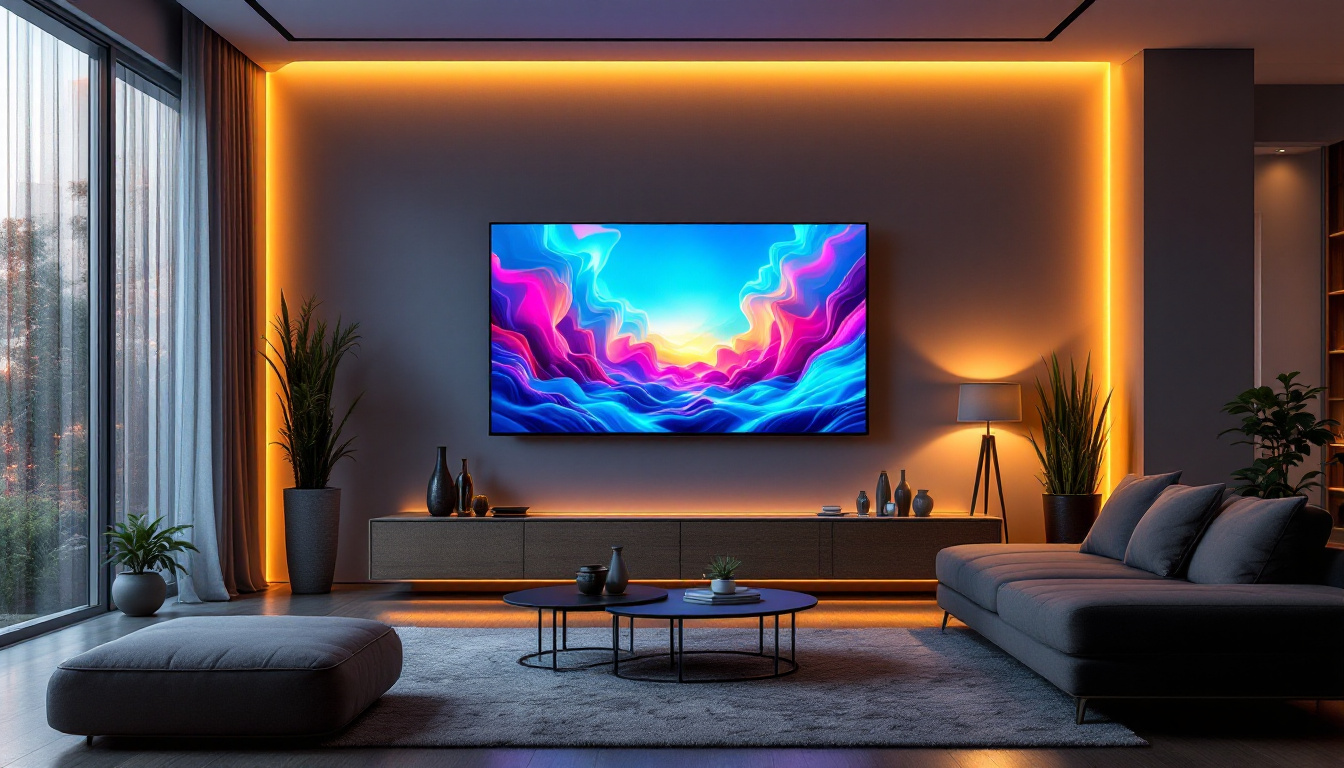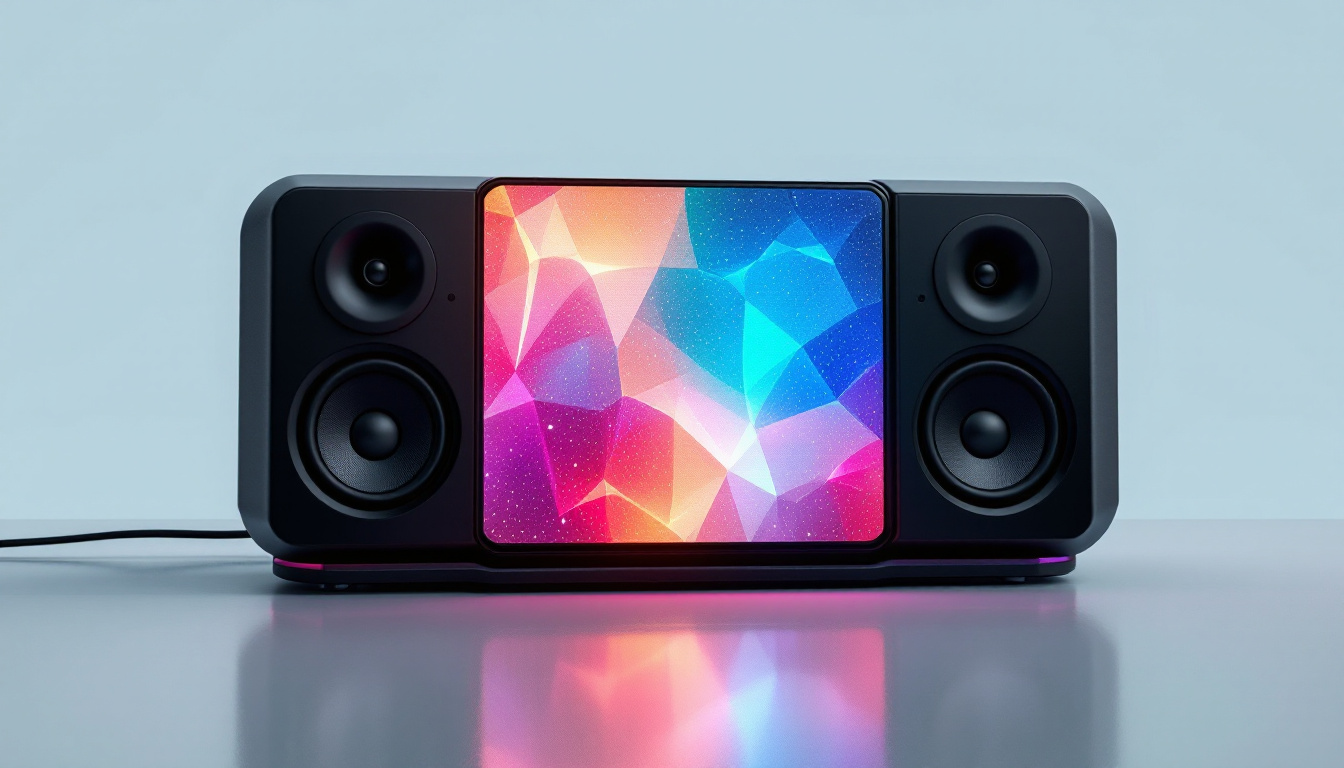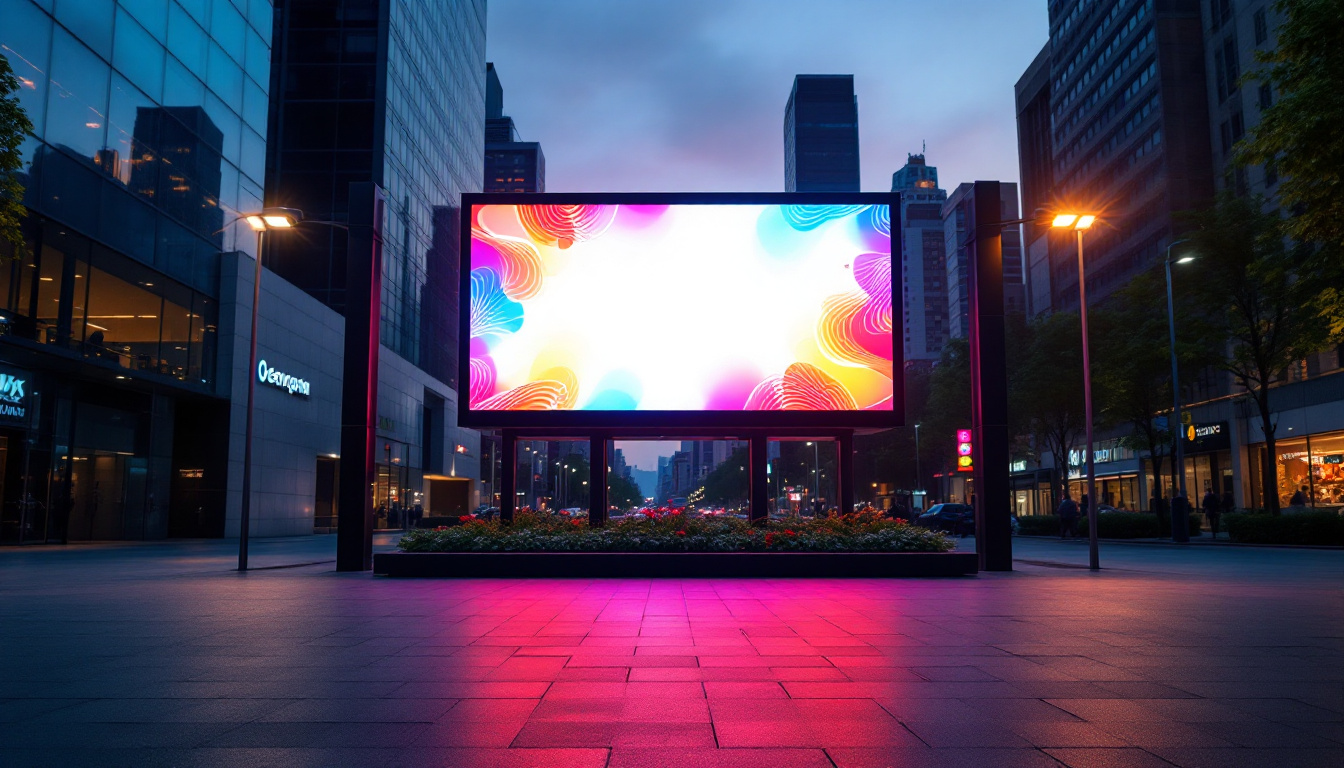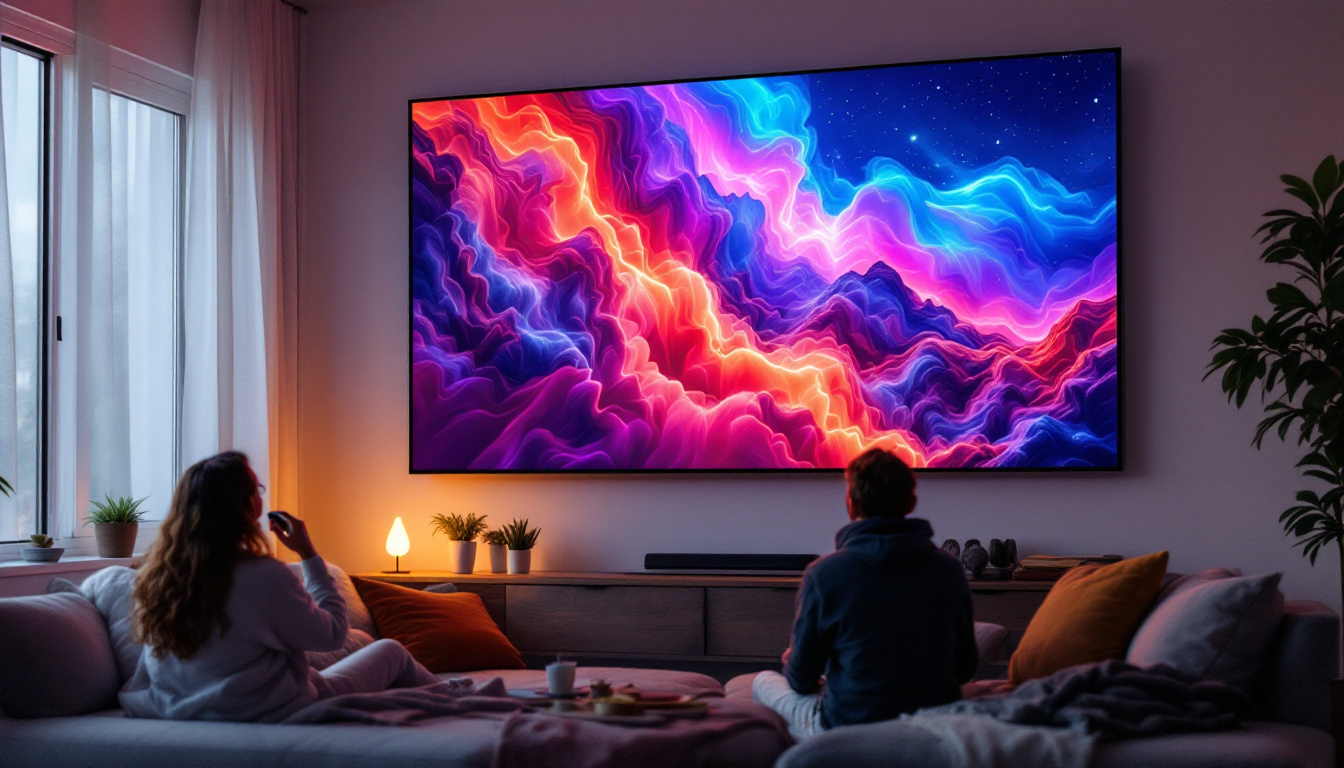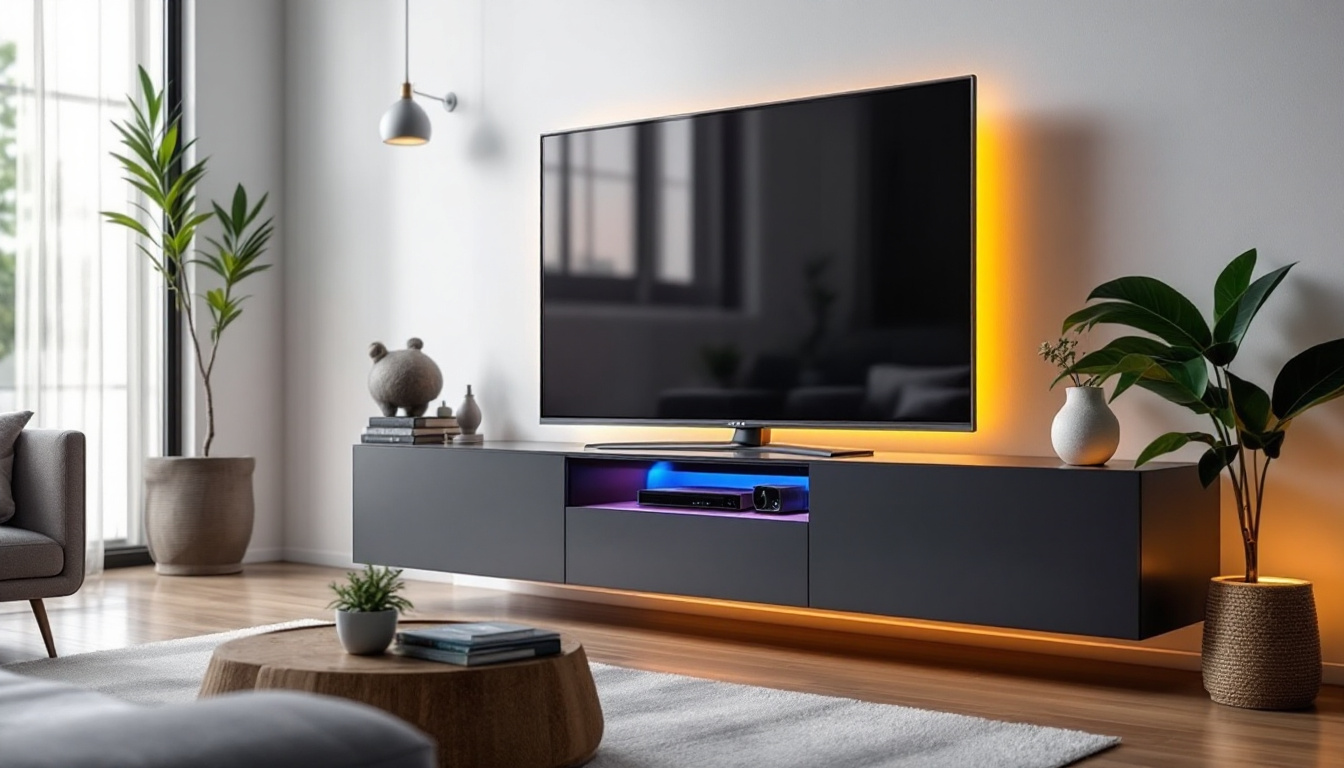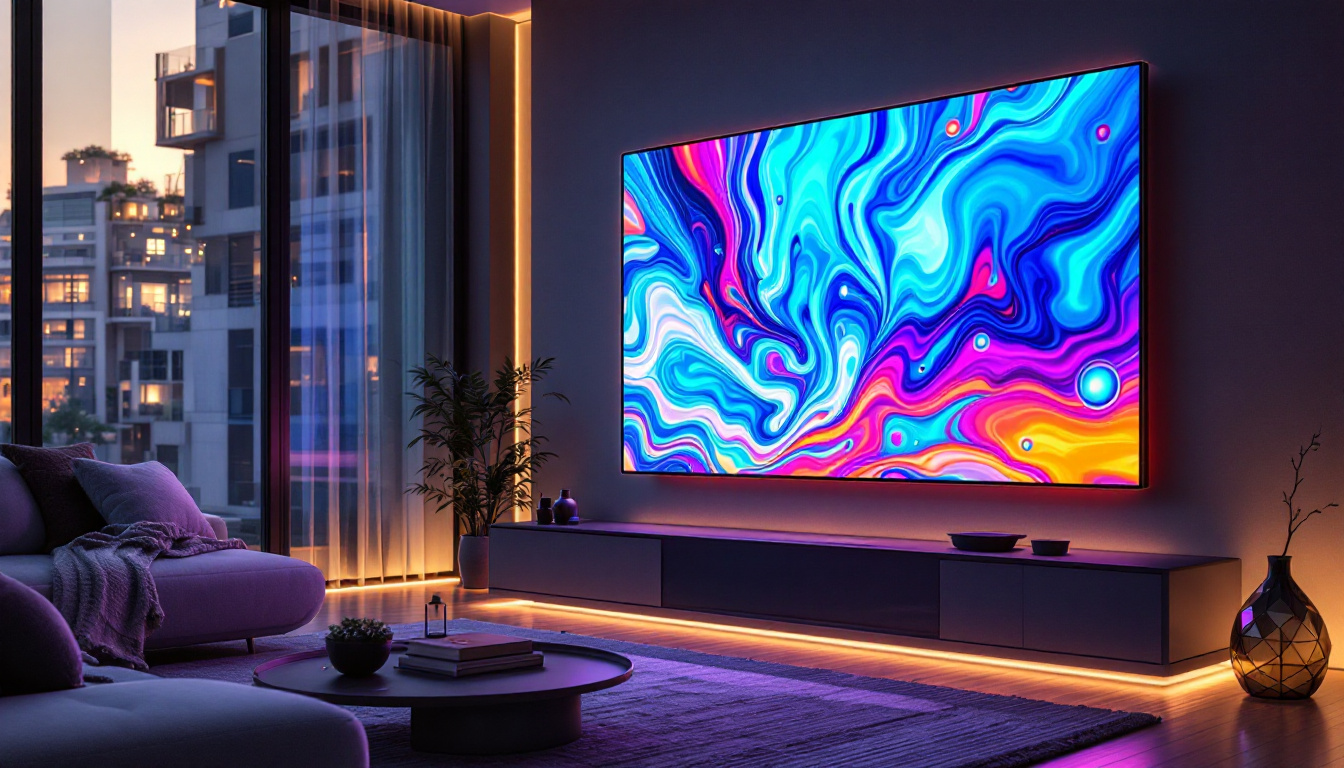In the realm of modern technology, LED displays have emerged as a cornerstone of visual communication. From advertising billboards to intricate digital signage, the versatility and efficiency of LED technology are unparalleled. This article delves into the intricacies of LED displays, focusing on cathodes, LEDs, and the concept of CMS (content management Systems) that drive these displays.
Understanding LED Displays
LED displays utilize light-emitting diodes (LEDs) to produce images and videos. These displays can be found in various applications, ranging from small screens in electronic devices to massive outdoor billboards. The fundamental principle behind LED technology is the electroluminescence of semiconductors, which emit light when an electric current passes through them. This technology has revolutionized the way we interact with visual media, providing brighter, more energy-efficient options compared to traditional display technologies.
The Components of LED Displays
At the heart of LED displays are several critical components: the LED modules, the power supply, and the control system. Each of these elements plays a vital role in the functionality and performance of the display. The LED modules consist of numerous individual LEDs arranged in a grid pattern. These modules are designed to emit different colors and intensities of light, allowing for the creation of vibrant images. The power supply ensures that the modules receive the necessary energy to function, while the control system manages the content displayed on the screen.
In addition to these primary components, thermal management systems are also crucial for maintaining optimal performance. LEDs can generate heat, and if not properly managed, this can lead to reduced lifespan and performance degradation. Advanced cooling technologies, such as heat sinks and fans, are often integrated into LED displays to dissipate heat efficiently, ensuring that the display operates smoothly even during extended use. Furthermore, modern LED displays may also incorporate sensors that adjust brightness based on ambient light conditions, enhancing visibility while conserving energy.
Types of LED Displays
LED displays can be categorized into several types, each serving different purposes. The most common types include:
- Direct View LED Displays: These displays are made up of individual LEDs that are visible to the viewer. They are often used in large outdoor applications.
- LED Video Walls: Composed of multiple LED panels, video walls can create larger-than-life visuals and are commonly used in events and concerts.
- Transparent LED Displays: These innovative displays allow light to pass through while still showing images, making them ideal for storefronts.
Another emerging type of LED display is the flexible LED screen, which can be bent and shaped to fit various surfaces and applications. This flexibility opens up new possibilities in design and architecture, allowing for creative installations that were previously impossible. Additionally, microLED technology is gaining traction, offering even higher resolution and color accuracy by utilizing tiny individual LEDs for each pixel. This advancement promises to further enhance the visual experience, particularly in high-end consumer electronics and professional displays.
The Role of Cathodes in LED Technology
Cathodes are essential components in many electronic devices, including LED displays. In the context of LEDs, cathodes are the electrodes through which the electric current enters the LED chip, enabling it to emit light.
Cathode Functionality
The functionality of cathodes is crucial for the performance of LED displays. When a voltage is applied, electrons flow from the cathode to the anode, creating a flow of current. This process excites the semiconductor material, resulting in the emission of light.
The efficiency of the cathode directly impacts the brightness and color accuracy of the display. Therefore, advancements in cathode technology can lead to improved LED performance, including brighter displays and lower energy consumption. Moreover, the thermal management of cathodes is another important aspect, as excessive heat can degrade their performance and lifespan. Researchers are continuously exploring materials and designs that can withstand higher temperatures while maintaining efficiency, which is vital for high-performance applications such as televisions and large-scale displays.
Types of Cathodes Used in LEDs
There are various types of cathodes used in LED technology, each with its advantages and applications:
- Metal Cathodes: These are commonly used in standard LED applications due to their high conductivity and durability.
- Carbon Nanotube Cathodes: Known for their excellent electrical properties, these cathodes are being explored for next-generation LED technologies.
- Organic Cathodes: These are used in organic light-emitting diodes (OLEDs) and offer flexibility and lightweight characteristics.
In addition to these, researchers are also investigating hybrid cathodes that combine the benefits of different materials to optimize performance further. For instance, hybrid structures utilizing both metal and organic materials can potentially enhance charge injection efficiency while maintaining the flexibility required for innovative display technologies. This exploration of hybrid cathodes is particularly relevant in the context of wearable technology and flexible displays, where traditional rigid components may not suffice. The ongoing advancements in cathode materials and designs are paving the way for more efficient, versatile, and sustainable LED technologies, which could revolutionize how we interact with digital displays in our daily lives.
Content Management Systems (CMS) for LED Displays
As LED displays become increasingly sophisticated, the need for effective content management has grown. Content Management Systems (CMS) play a pivotal role in managing the content displayed on LED screens.
What is a CMS?
A Content Management System (CMS) is software that allows users to create, manage, and modify content on a digital platform without requiring specialized technical knowledge. For LED displays, a CMS enables users to easily schedule and update content, ensuring that the information displayed is always current and relevant.
Features of LED CMS
Modern LED CMS platforms come equipped with a variety of features designed to enhance the user experience:
- Scheduling: Users can schedule content to be displayed at specific times, allowing for dynamic advertising and timely updates.
- Remote Management: Many CMS solutions allow for remote access, enabling users to update content from anywhere, at any time.
- Analytics: Advanced CMS platforms provide analytics tools to track viewer engagement and content performance.
Benefits of LED Displays
LED displays offer numerous advantages over traditional display technologies, making them a popular choice for businesses and organizations.
Energy Efficiency
One of the most significant benefits of LED technology is its energy efficiency. LEDs consume significantly less power than traditional incandescent or fluorescent lights, resulting in lower electricity bills and a reduced carbon footprint.
Longevity and Durability
LED displays are known for their longevity. With a lifespan of up to 100,000 hours, they outlast many other display technologies. Additionally, LEDs are more durable and resistant to shock and vibration, making them ideal for outdoor use.
Applications of LED Displays
The versatility of LED displays allows them to be used in a wide range of applications across various industries.
Advertising and Marketing
In the advertising sector, LED displays have revolutionized how brands communicate with consumers. Dynamic and eye-catching, these displays can showcase promotions, videos, and interactive content, capturing the attention of passersby.
Entertainment and Events
LED displays are a staple in the entertainment industry. From concerts to sporting events, large LED screens enhance the audience experience by providing live feeds, graphics, and advertisements. Their ability to display high-resolution visuals makes them the preferred choice for event organizers.
Public Information and Wayfinding
Many cities utilize LED displays for public information, such as traffic updates, weather alerts, and event notifications. Additionally, they are often used in wayfinding systems within large venues to guide visitors effectively.
Challenges and Considerations
While LED displays offer numerous benefits, there are also challenges and considerations to keep in mind.
Initial Costs
The initial investment for LED displays can be significant. Although they save money in the long run due to their energy efficiency and longevity, the upfront costs can be a barrier for some businesses.
Environmental Impact
While LEDs are more energy-efficient, the production and disposal of LED displays can have environmental implications. It is crucial for manufacturers and users to consider sustainable practices in the lifecycle of LED technology.
The Future of LED Displays
As technology continues to evolve, the future of LED displays looks promising. Innovations in materials, design, and functionality are expected to enhance the capabilities of LED technology.
Advancements in Technology
Emerging technologies, such as microLED and flexible displays, are paving the way for new applications and improved performance. MicroLED technology, in particular, offers higher resolution and better energy efficiency, making it a game-changer for various industries.
Integration with Smart Technologies
The integration of LED displays with smart technologies, such as IoT (Internet of Things), is set to transform how content is managed and displayed. This integration will enable real-time data updates and more personalized content delivery, enhancing viewer engagement.
Conclusion
LED displays, powered by advanced cathode technology and managed through sophisticated CMS platforms, have transformed the landscape of visual communication. Their energy efficiency, durability, and versatility make them an invaluable asset across various industries. As technology continues to advance, the potential applications and capabilities of LED displays will only expand, solidifying their place as a fundamental component of modern communication.
In a world where visual impact is paramount, understanding the intricacies of LED technology, from cathodes to content management, is essential for leveraging its full potential. The future of LED displays is bright, and as innovations continue to emerge, they will undoubtedly play a pivotal role in shaping how information is conveyed in the digital age.
Discover LumenMatrix’s Innovative LED Display Solutions
Ready to elevate your visual communication with cutting-edge LED display technology? Explore LumenMatrix’s diverse range of LED display solutions, from dynamic Indoor and Outdoor LED Wall Displays to versatile Vehicle and Sports LED Displays. Whether you’re looking to create an immersive experience with a Floor LED Display, make a statement with a Custom LED Display, or streamline your messaging with an All-in-One LED Display, LumenMatrix has the expertise to bring your vision to life. Experience the future of digital signage and captivate your audience like never before. Check out LumenMatrix LED Display Solutions today and see the difference innovation can make.

